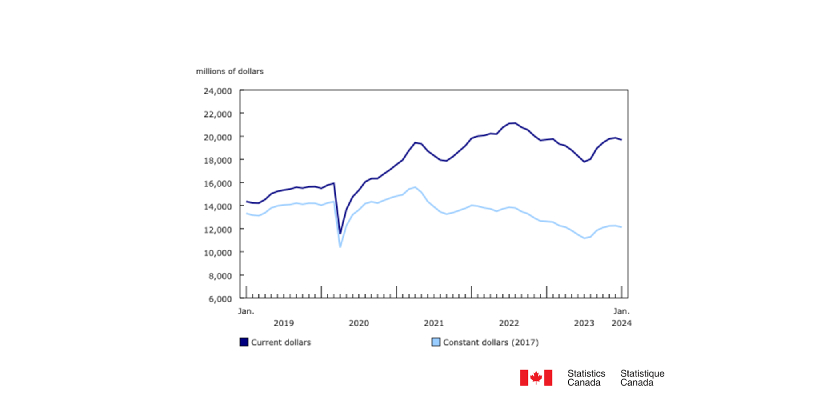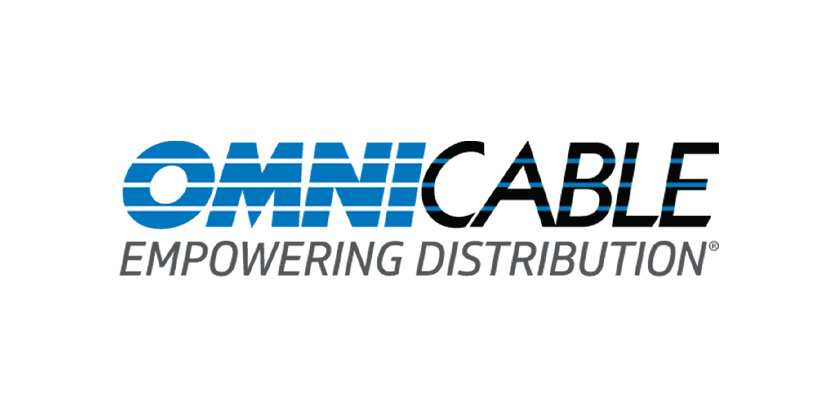Single Phase Motor Delivers 30 HP of Unity Power Factor from Utility Service
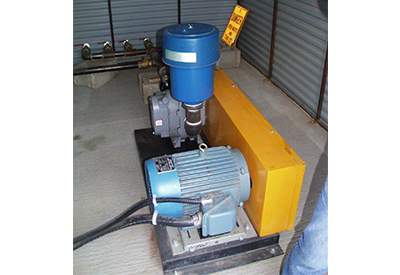
July 17, 2019
Single Phase Power Solutions introduces the 30 HP Belle Single-Phase Motor which uses Written-Pole technology to deliver clean 230V or 460V three-phase output from readily-available single-phase utility services.
The utility-friendly starting and operating characteristics provided through the use of Written-Pole technology minimize voltage sags and flicker on long single-phase distribution lines. With unity power factory and high inertia start capability, this unique technology eliminates the need for phase converters or complex variable frequency drive installations. It is ideal for industrial applications in areas where three-phase power is not readily available or cost-effective, including pumps, compressors, injection wells, blowers, fans, dryers, water & wastewater processing and more.
Featuring a totally-enclosed fan-cooled design in a cast iron frame, this proven design is suitable for indoor or outdoor installation in some of the most demanding environments and applications. Rated as a 30 hp, 230/460 v, 1800 rpm electric motor, this innovative design delivers 95.5% efficiency at rated load with a near-unity power factor. The NEMA 356T frame motor weighs about 890 pounds and draws just 52 amps at full load (460 V – 105 amps at full load for 230 V).
The motor windings are fabricated using high-grade copper and Class H insulation materials similar to those used in premium three-phase electric motors. The revolutionary design eliminates brushes, slip-rings and internal rotary switches, ensuring superior performance and reliability under harsh conditions.
Available in ratings from 30 – 100 hp, Belle Motors are ideal for many industrial, agricultural, mining, municipal, and oil& gas applications such as pumps, compressors, injection wells, as well as blowers, fans, dryers, water & wastewater processing and more.
Low Starting Current
The starting current draw of a Belle Motor™ is less than two times its rated full-load current, resulting in a starting demand that is less than 1/4 of conventional single or three-phase electric induction motor. The soft-start design, accomplished without reduced-voltage starting, dramatically increases the maximum horsepower rating that may be started and operated on rural single-phase utility distribution systems.
Energy Efficiency
Due to their synchronous operation, Belle Motors™ achieve levels of energy efficiency comparable to premium-efficiency three-phase motors, reducing energy bills and operating costs when compared to three-phase motors operated with phase-converters or stationary diesel engines often used to power rural applications.
Each factory-assembled and tested, industrial-grade Belle Motor™ Control Panel contains all the control components required to start and operate a Belle Motor™. Their simple design and spacious outdoor rated control cabinet allow for easy field installation using local electricians. High-grade industrial control components are used in a capacitor start/run configuration that uses intelligent logic to optimize starting and running performance. Over-temperature, under-speed and over-load protection supported by intelligent diagnostics are also included as standard features in every control panel, further easing installation and ensuring long-term reliability in the field.
Flexible Operation
The inherent soft-start characteristics of Belle Motors™ provide low starting demands and flexible starting characteristics that are compatible with utility power quality requirements. The low in-rush, soft-start design allows many high inertia loads to be started without overheating and support the capability for instantaneous restarts following momentary power interruptions without risking damage to driven equipment.
Stationary Engine Replacement
A Belle Motor™ can serve as a cost-effective replacement of stationary engines used to power many rural applications. The ability to use readily available single-phase utility services for electric motors up to 100 hp allows for a 50-75% reduction in energy costs, simplified environmental compliance, reduced maintenance requirements and superior long-term performance. Re-fueling schedules and monitoring are no longer a concern when using Belle MotorsTM.
Go HERE for more information


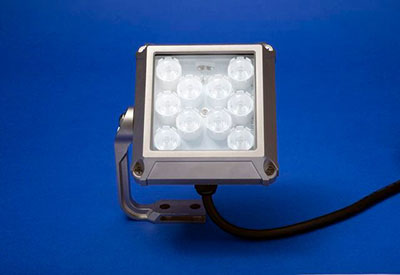
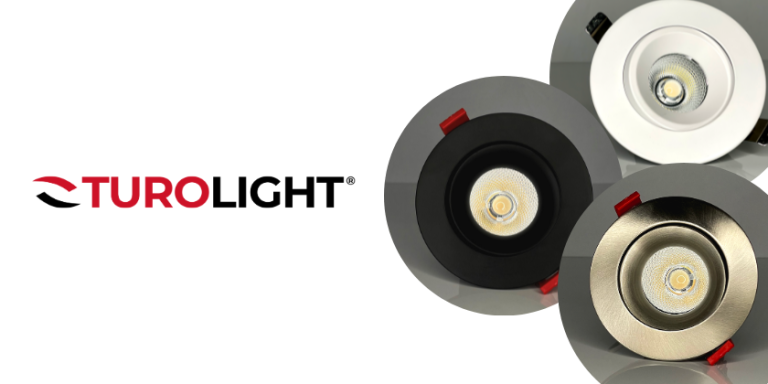
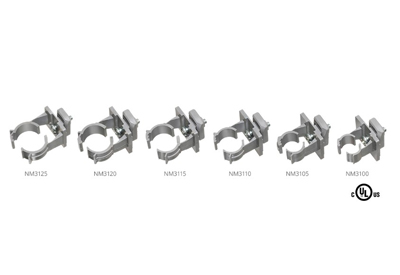
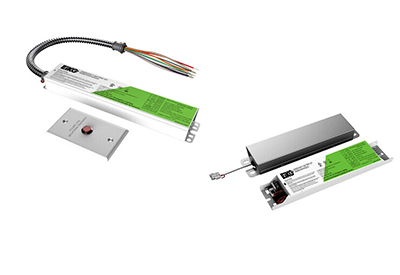
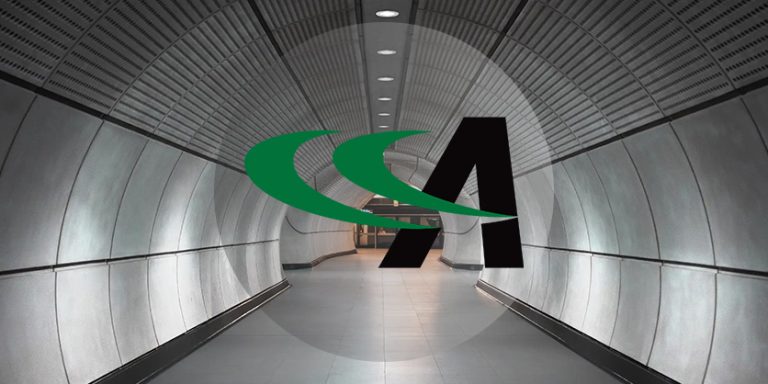
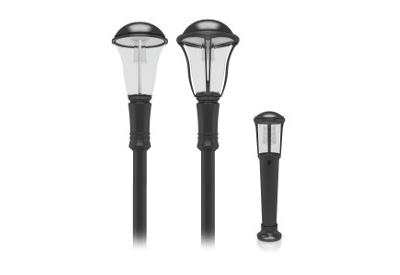
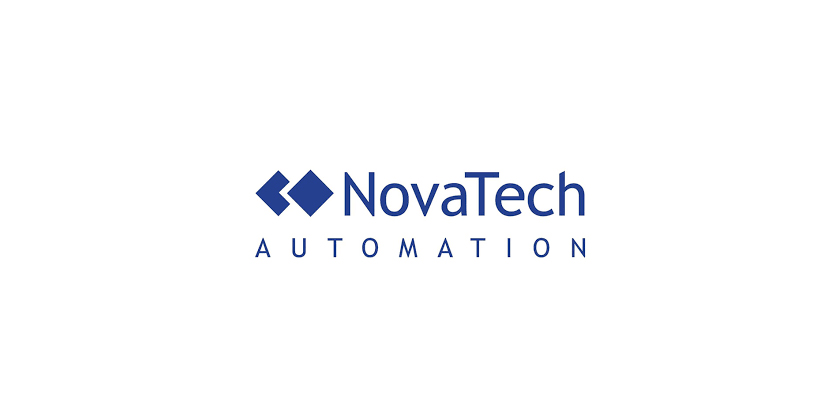
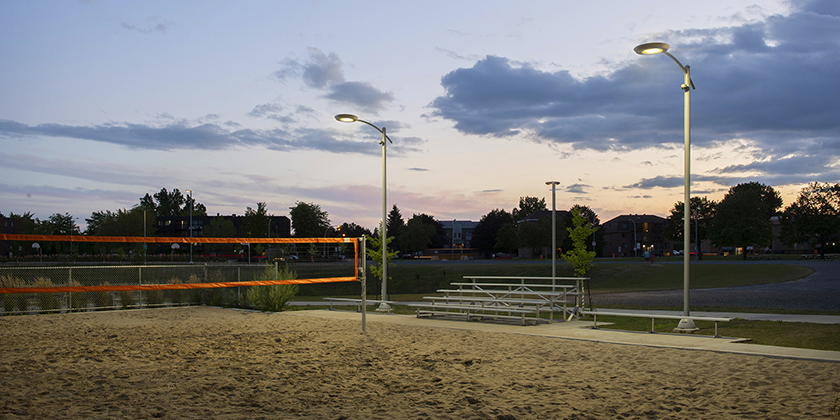
![Guide to the Canadian Electrical Code, Part 1[i], 26th Edition – A Road Map: Section 10 – Grounding and Bonding](https://electricalindustry.ca/wp-content/uploads/2022/11/Guide-CE-Code-2.png)
